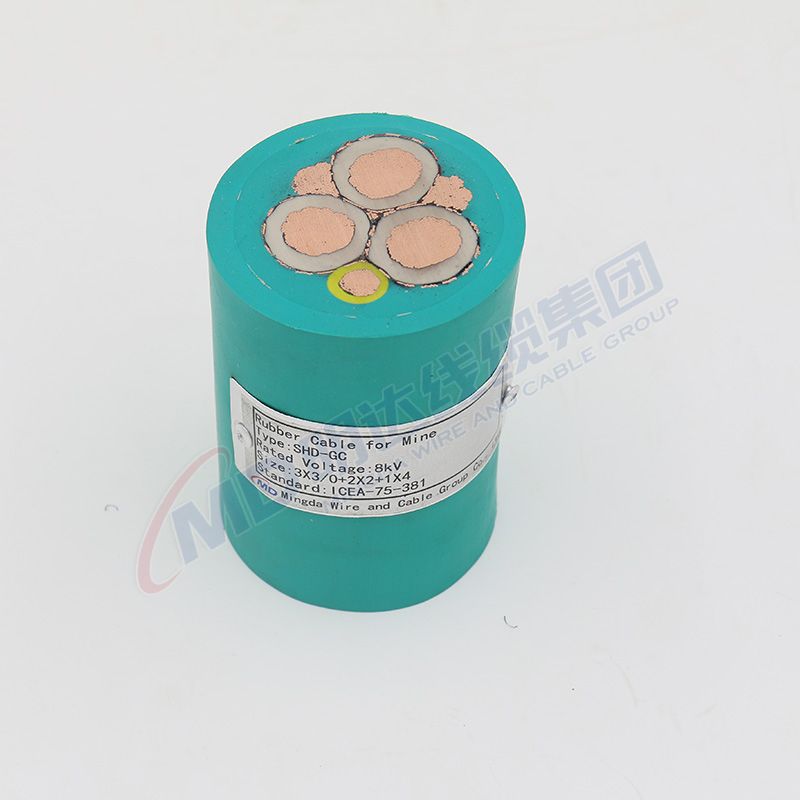Nov . 14, 2024 00:29 Back to list
triple offset butterfly valve
Understanding the Triple Offset Butterfly Valve
In the world of industrial valves, the triple offset butterfly valve (TOBV) represents a significant advancement in design and functionality. This type of valve is known for its efficiency in controlling the flow of fluid while minimizing turbulence and pressure drop. The TOBV is particularly valuable in applications requiring tight shut-off capabilities and exceptional durability, making it a preferred choice in various industries, including oil and gas, water treatment, and power generation.
Design Features
The term triple offset refers to the unique geometry of the valve, which features three offsets that differentiate it from conventional butterfly valves. These offsets include
1. The first offset is the axis of the shaft, which is positioned behind the disc. This arrangement ensures that the disc opens and closes in a manner that reduces wear on the seating surface.
2. The second offset is the disc's pivot point, which is not aligned with the centerline of the pipe. This design allows the disc to move in a way that minimizes interference with the sealing surface as it opens and closes.
3. The third offset is the cone-shaped seat. This shape assists in achieving a tighter seal as the valve closes, resulting in a non-linear and self-relieving design. The geometry of the seat allows for a more effective sealing action, preventing leakage significantly better than traditional butterfly valves.
Advantages of Triple Offset Butterfly Valves
1. Enhanced Performance The triple offset butterfly valve offers superior flow characteristics. Its design reduces turbulence, which minimizes pressure drop across the valve, leading to improved performance in fluid control.
triple offset butterfly valve

2. Bubble Tight Shut-off One of the standout features of the TOBV is its ability to provide a bubble-tight shut-off. This is critical in applications where the prevention of leakage is paramount, such as in gas transportation or in sectors involving hazardous materials.
3. Durability and Longevity The materials used in the construction of triple offset butterfly valves are chosen for their strength and resistance to wear. Common materials include stainless steel, carbon steel, and various alloys that can withstand high pressures and temperatures. This durability ensures a long service life and reduces the need for frequent replacements.
4. Maintenance-Friendly Design These valves are designed for easy maintenance, often requiring minimal disassembly for servicing. This attribute results in reduced downtime in industrial settings, which is crucial for continuous operations.
5. Wide Application Range Triple offset butterfly valves are versatile and can handle a wide range of fluids, including gases, hydrocarbons, and corrosive substances. The valve's adaptability makes it suitable for numerous industries, from water supply and sewage treatment to power generation and chemical processing.
Applications
The triple offset butterfly valve is employed in various applications due to its robust features. In the oil and gas industry, it is utilized in pipeline systems for both upstream and downstream operations to manage flow and prevent leaks. In the water treatment sector, TOBVs are essential for controlling the distribution of water while ensuring the integrity of the supply.
Moreover, in power generation, these valves are crucial for controlling steam and water flows in boiler feed systems, helping to maintain efficiency and safety within the plant. The chemical processing industry also benefits from the TOBV, where handling corrosive and high-temperature materials is essential.
Conclusion
In summary, the triple offset butterfly valve is a highly efficient and reliable option for fluid control in various industrial applications. Its unique design provides enhanced performance, tight shut-off capabilities, and durability, making it an invaluable component in modern industrial systems. As industries continue to evolve and demand higher standards for safety and efficiency, the TOBV will undoubtedly play a pivotal role in meeting these challenges and advancing fluid control technologies.
Share
-
Reliable Wafer Type Butterfly Valves for Every IndustryNewsJul.25,2025
-
Reliable Flow Control Begins with the Right Ball Check ValveNewsJul.25,2025
-
Precision Flow Control Starts with Quality ValvesNewsJul.25,2025
-
Industrial Flow Control ReliabilityNewsJul.25,2025
-
Engineered for Efficiency Gate Valves That Power Industrial PerformanceNewsJul.25,2025
-
Empowering Infrastructure Through Quality ManufacturingNewsJul.25,2025


